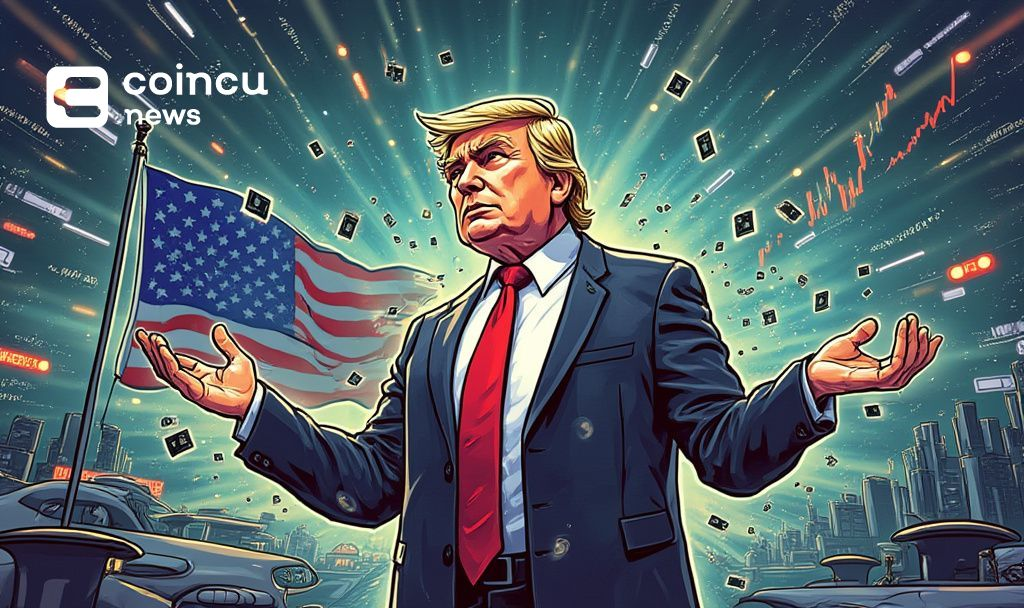- Trump announces April release of semiconductor tariff strategy amid U.S.-China trade tensions.
- U.S. to lessen dependence on China for tech components.
- Potential investment boost for U.S. semiconductor manufacturing.

President Donald Trump plans to release a semiconductor tariff strategy on April 14, 2025, to support U.S. industries and reduce foreign dependency.
This move aims to strengthen national security by reducing reliance on China, causing significant implications for the tech industry.
U.S. Seeks Independence with New Semiconductor Tariffs
President Trump announced plans to introduce a strategy targeting semiconductor tariffs. This comes under Section 232 of the Trade Expansion Act, aiming to bolster U.S. manufacturing and reduce reliance on foreign technology. Officials emphasized its focus on national security.
Tariffs on imported semiconductors are intended to incentivize domestic production, with potential exemptions for consumer electronics. Tech giants like Apple are expected to invest in U.S. operations. Changes promise a boon for local industries but raise concerns over supply chains.
White House Press Secretary Karoline Leavitt highlighted America’s need to move away from Chinese dependence. Market analysts view the news positively, anticipating a boost in U.S. tech investments. Reactions from industry leaders have been cautiously optimistic.
“President Trump has made it clear America cannot rely on China to manufacture critical technologies such as semiconductors, chips, smartphones, and laptops.” — Karoline Leavitt, White House Press Secretary
Trade Act History Influences Semiconductor Strategy
Did you know? The U.S. previously imposed tariffs on steel under Section 232, leading to global trade tensions and retaliatory measures from China, highlighting potential risks in similar semiconductor strategies.
Semiconductor tariffs have historical precedence in protecting domestic industries, yet they have also led to retaliation from trade partners. Historically, sectors like steel faced price hikes, potentially foreshadowing impacts on the semiconductor landscape.
Experts like Dan Ives see potential for positive market shifts, predicting increased demand for U.S.-made tech components. Still, some caution against price impacts on consumer electronics, with analysts watching import rules closely.























